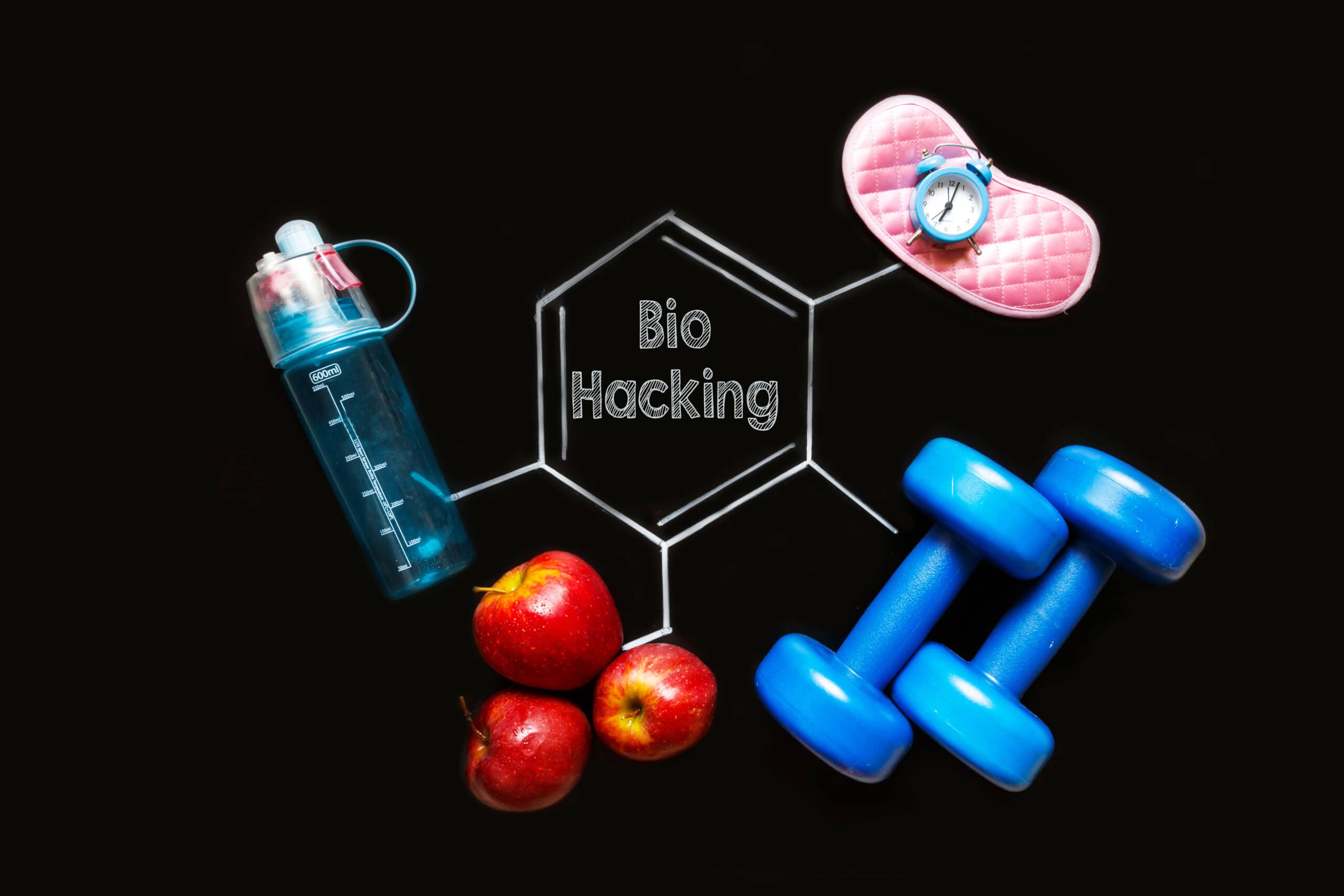Biohacking, once confined to the realm of science fiction, has emerged as a tangible reality, revolutionizing the way we approach human health, performance, and longevity. Defined as the practice of making changes to one’s biology through the use of science, technology, and self-experimentation, biohacking empowers individuals to take control of their own biology and optimize their physical and cognitive potential. In an age where advancements in genetics, neuroscience, and wearable technology are accelerating at an unprecedented pace, biohacking represents a paradigm shift in how we perceive and enhance human capabilities.
Understanding Biohacking : At its core, biohacking encompasses a diverse array of practices aimed at optimizing various aspects of human biology. From dietary interventions and supplementation to genetic engineering and brain stimulation, biohackers employ a range of tools and techniques to enhance physical performance, cognitive function, and overall well-being. While some may associate biohacking with extreme measures or fringe ideologies, the reality is that it encompasses a spectrum of approaches, from mainstream health and fitness practices to cutting-edge scientific experimentation.
The Science of Self-Optimization : Central to the ethos of biohacking is the idea that our biology is malleable and can be intentionally modified to achieve desired outcomes. This belief is grounded in the principles of personalized medicine and precision health, which emphasize the importance of tailoring interventions to individual genetic makeup, lifestyle factors, and environmental influences. By leveraging insights from fields such as genomics, microbiology, and neuroscience, biohackers seek to identify and exploit the underlying mechanisms that govern human health and performance.
Biohacking in Practice : Biohacking takes many forms, each tailored to address specific goals and objectives. For example, individuals may adopt ketogenic diets or intermittent fasting regimens to optimize metabolic health and weight management. Others may use wearable devices and smartphone apps to track sleep patterns, physical activity, and biomarkers in real-time, allowing for data-driven decision-making and behavior modification. More adventurous biohackers may explore experimental therapies such as stem cell injections, transcranial magnetic stimulation, or even DIY gene editing techniques.

Ethical and Safety Considerations : As with any emerging field, biohacking raises important ethical and safety considerations that must be carefully addressed. While the pursuit of self-improvement and exploration is commendable, biohackers must be mindful of the potential risks and unintended consequences of their interventions. Ensuring informed consent, adhering to ethical guidelines, and prioritizing safety and efficacy are paramount in safeguarding the well-being of individuals and the integrity of the practice.
The Future of Biohacking : As technology continues to advance and our understanding of human biology deepens, the possibilities for biohacking are virtually limitless. From personalized medicine and targeted therapies to brain-computer interfaces and genetic augmentation, the future of this holds the promise of transformative breakthroughs in health and human potential. By embracing a spirit of innovation, collaboration, and responsible stewardship, we can harness the power of biohacking to unlock new frontiers in human evolution and well-being.
Conclusion : Biohacking represents a bold leap into the future of human health and performance, empowering individuals to take control of their own biology and unlock their full potential. As science and technology continue to converge, biohacking offers a glimpse into a world where the boundaries between biology and technology blur, and the possibilities for self-optimization are limited only by imagination and ingenuity. By embracing the principles of curiosity, experimentation, and responsible innovation, we can harness the transformative power of biohacking to shape a healthier, more resilient, and more empowered future for humanity.
If you enjoyed this read, check out our other posts.














What do you think?
Show comments / Leave a comment